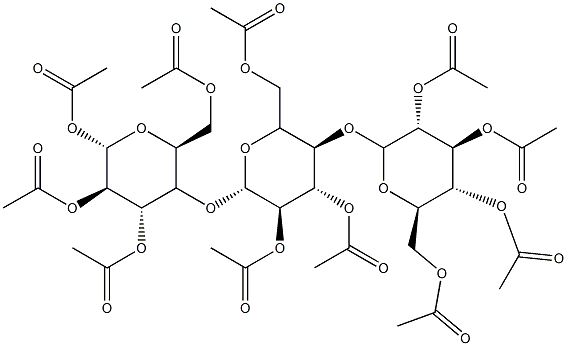PRODUCT Properties
| Melting point: | 120-160 °C |
| Density | 1.29 g/cm3 |
| solubility | chloroform: 0.1 g/10 mL leave for 5 h, clear, colorless |
| form | pellets |
| color | White to slightly yellow |
| CAS DataBase Reference | 9012-09-3 |
| EPA Substance Registry System | Cellulose, triacetate (9012-09-3) |
Description and Uses
Glacial acetic acid is introduced gradually in the reactor to dissolve the newly formed cellulose acetate. The product obtained is the nonflammable cellulose triacetate which is insoluble in most organic solvents including acetone, and ether but it is soluble in chloroform, dichloromethane, glacial acetic acid and nitrobenzene. Cellulose triacetate exhibits good dimensional stability and heat resistance, possesses a dielectric constant, resistance to water and good optical transparency. Mechanically, cellulose triacetate has good folding endurance and burst strength. In order to render it soluble, a retrogadation (reverse) reaction, in which one ester functional group is partially saponified, is used to yield the cellulose diacetate or simply cellulose acetate which is soluble in acetone but not in chloroform. Afterwards, its dissolution into a solvent and addition of a plasticizer yields commercial cellulose acetate.
Cellulose Triacetate Polymer can be used to treat, prevent, and/or alleviate osteoarthritis.
Safety
| Safety Statements | 24/25 |
| WGK Germany | - |
| HS Code | 39121100 |






